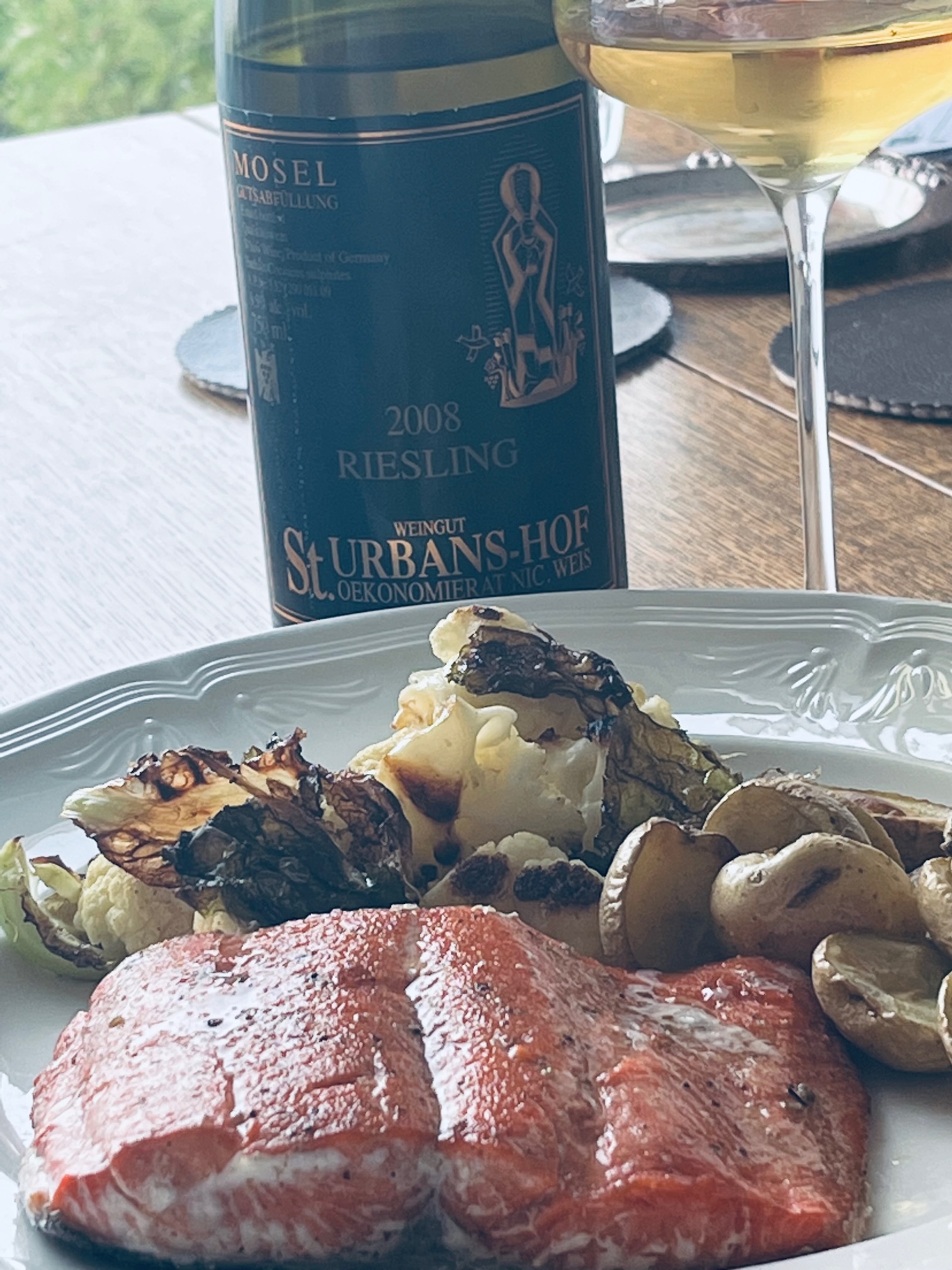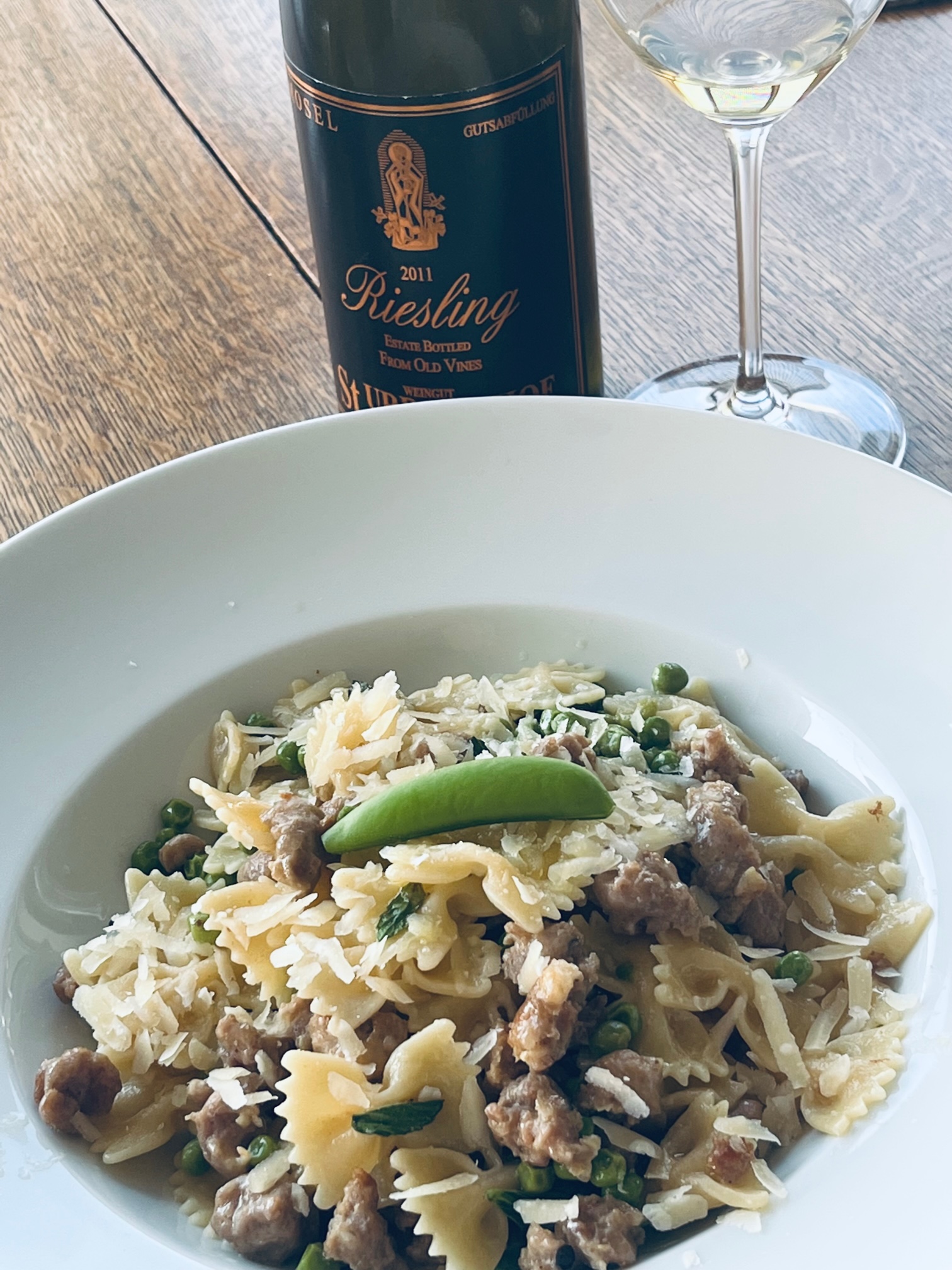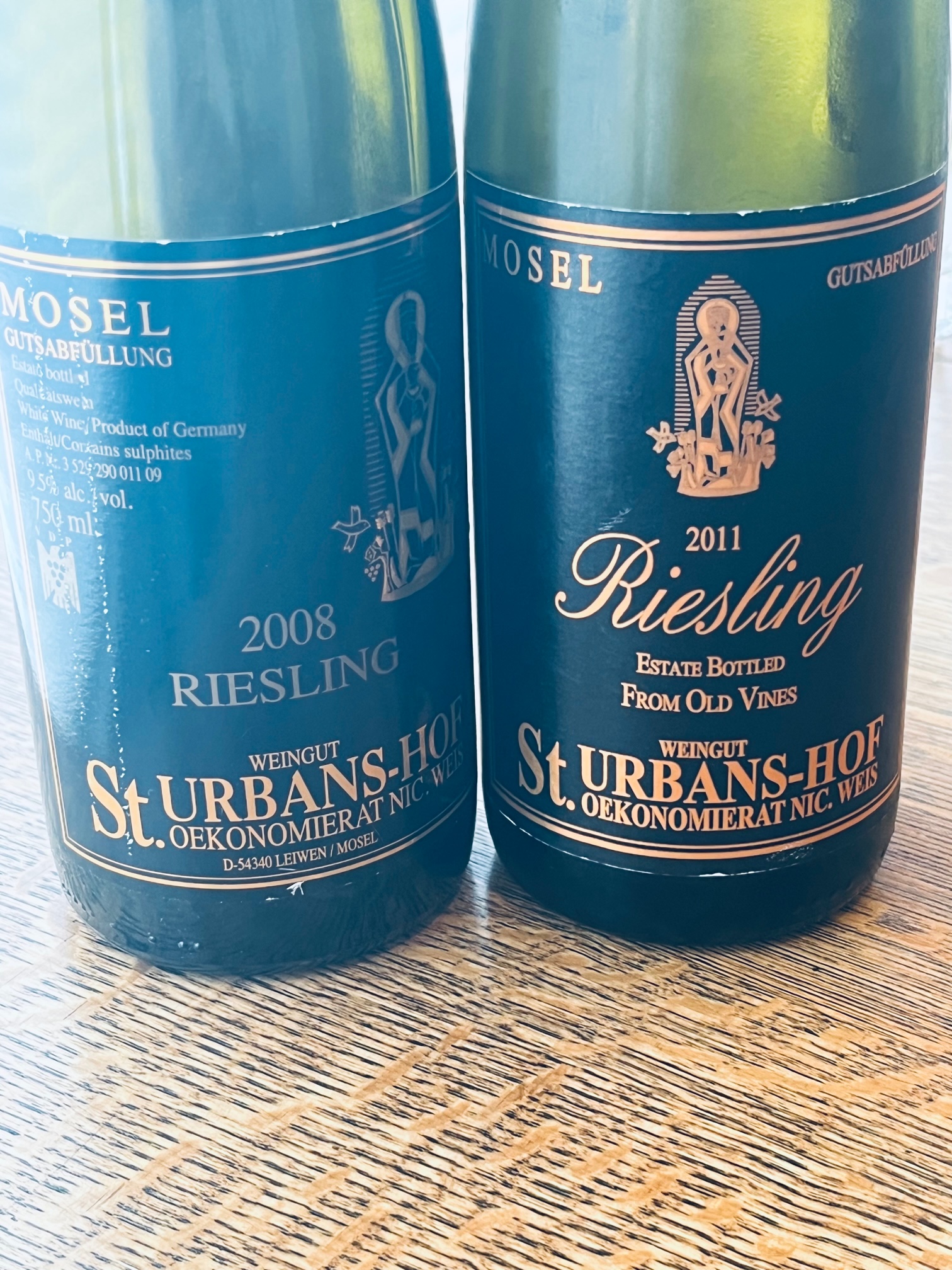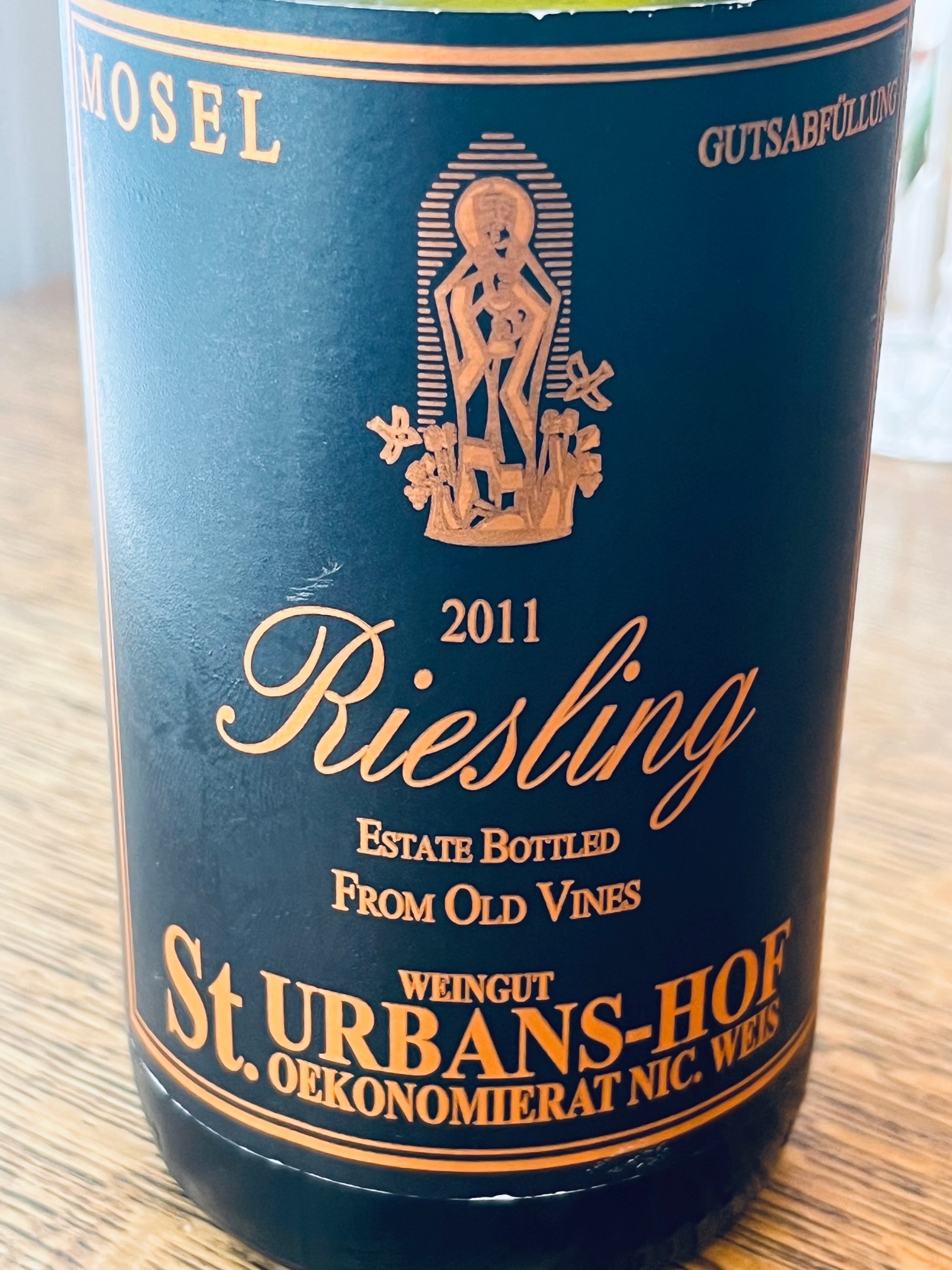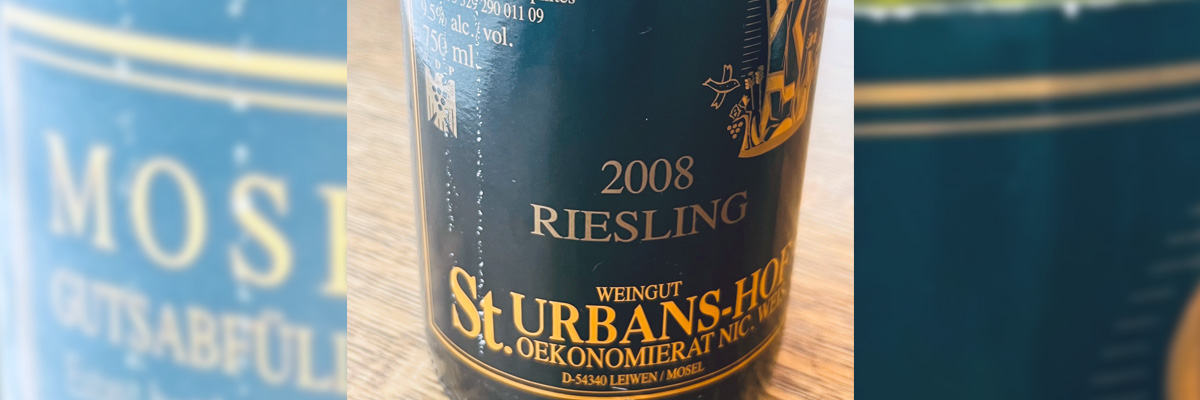
Wines produced from the Riesling grape remain media favs but are less appreciated by consumers. The wide scope of their successful varying styles from increasingly popular trocken dry to special pradikatswein sweeter versions adds to the overall confusion. Still somewhat difficult for the wine consumer to know exactly what balance of acidity and sugar levels they will find in any bottle of Riesling and whether that combination is what they actually prefer drinking or matching with food.
Your scribe is a big admirer of Nik Weis wine caretaker/owner of St. Urbans-Hof and posted here with details on April 10, 2016 a memorable tasting he conducted in Vancouver. I regularly have been collecting and enjoying his St. Urbans-Hof winery (located in the village of Leiwen in the Mosel Valley of Germany) Estate Bottled “From Old Vines” Riesling. His estate vineyard planted in the late forties by his grandfather exclusively to Riesling situated on many of the finest slopes of the Mosel and Saar Rivers are now old vines with deep roots into the slate soils. They are delivering classic complex Riesling at very good value. Originally brought into the BCLDB by Renaissance Wine Imports at only $20 for the 2008, $26 for 2015, and currently available at $35 for the 2023 vintage – all good value for the top quality in the bottle. Just opened this past week my last bottles of 2008 & 2011 (both 9.5 abv) and was delightfully impressed. When younger the bright elegant fruit was off-dry honey with fresh salted peaches, apricots, and juicy limes. With aging that complex stony character with minerals became even more prominent with the signature marmalade/petrol notes in both the more mature fuller 2008 (late ripening good acidity year) and the perfectly balanced still vibrant 2011 (consistent year from ideal harvest). Versatile as a delicious aperitif and pairing so food friendly with the first of the year fresh Copper River Sockeye Salmon and clean Italian-style pasta dishes. Appreciated and sad to have none of those vintages left but luckily still have younger ones.
You can have a similar revelatory experience by acquiring current vintages to enjoy now or with more bottle age. Remember this is their Weis clone 21B Riesling that was planted in both the Okanagan Valley of British Columbia and in Ontario. Support locals too by doing the same with a Riesling bottle from Sperling, Summerhill, Tantalus, Vineland and many others. Tantalus has “old vines” purity originally planted in 1978 and also a new exciting Crafted in BC Riesling 2024. It comes from two sites in Ontario both planted with the Weis 21B Clone: Paul Franciosa at Grimsby Hillside (planted 2007 & 2005) and Mark Picone (his namesake vineyard planted in 2008) with less alcohol at 11.4 abv, low pH 2.83 and balancing tension high acidity 9.16 g/l & 14.8 g/l residual sweetness. Can enjoy now but no rush on any Riesling. At what age do you prefer it? Lots of opportunities presently to learn more about the fantastic Riesling grape and the sensory delights it can joyfully provide. Recommended!
You might also like:
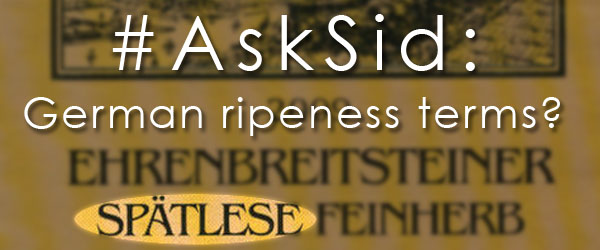 |
 |
 |
